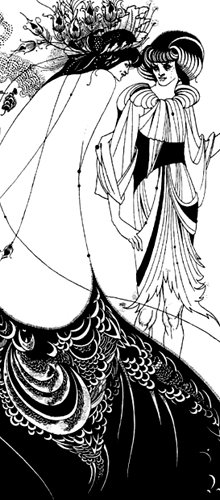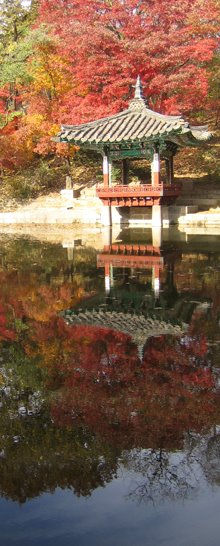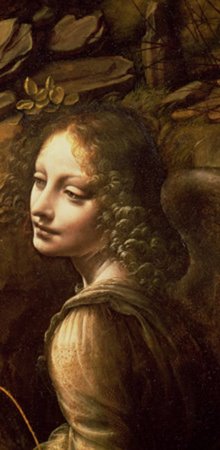



This is my grand piano, made in 1895. (Yes, it is roughly six times older than me!)
When I was searching to buy a grand piano last year, I found this old piano on craigslist.
It was located in Baltimore's historic house built in 1856, and a seller (who was in London) wanted to remove this piano from the house, which he restored.
He said that he bought this house and my piano together in 1999, and although he never played the piano, he kept it all these years because he really loved it. But his job relocated to London, and he decided to sell it at last to a person who would have it restored. Because pictures on craigslist were small and bad in quality, I requested larger pictures from the seller.
I was stunned when I saw the pictures sent by its owner. The century-old Victorian piano was beautiful, with its scrolled floral legs and pierced music desk; however it also showed an age and dustiness. Yet I was deeply captivated by a setting in which the piano belonged. It was standing in a very large yet empty drawing room, and was deeply immersed in an atmosphere of a bygone era. It never left its sanctuary in its entire life, and I could easily imagine how it was used a century ago by an elegantly-dressed lady or a gentleman... Although my home is in a Chicago suburb and there was no way for me to see it in person, I wanted to see and actually touch this beautiful piano.
During 1890s, the United States boasted hundreds of piano manufacturers, and Wm. Knabe & Co. (founded in 1837) was one of the best during the 19th and the early 20th century; its reputation was competed only by Chickering and Steinway. I knew this much, for during my spare time I read about pianos and their manufacturers with a keen interest. (Now a Korean piano company, Samick, owns the right to use Knabe name for its line of pianos)
The piano was surprisingly affordable. It was mostly because it was in its original condition and needed to be restored and because the seller, who must have been fond of this piano, was very considerate. Even without seeing the instrument I realized that its worn hammers, its century-old action, and its cabinet needed to be reworked or restored by a piano rebuilder. These restoration works on piano are collectively called "rebuilding," and are quite costly.
I decided to choose this piano as my own piano. It was a hard decision, but perhaps... deep down I wanted to be a person who has a heart to have this beautiful relic restored to its former glory. I tried to forget it many times, but could not. It looked hauntingly beautiful in that empty room.
Purchasing this beautiful piano was like having a very exciting dream that is yet stained with many strokes of nervous worries and doubts. I carefully asked my mother to buy this instrument for me. She was reserved, but she also seemed to love its beautiful cabinet. Surprisingly she agreed.
I called a professional piano mover, and ordered to ship it from Baltimore to Chicagoland. Later when my piano was being placed inside of my home, this mover who answered my phone told my mother how my piano was the oldest piano that he ever delivered...
The piano, being "almost" modern in design, has 88 keys and three pedals. Although it shows its age and its two agraffes are broken, its tone is still quite remarkable.
The Writing in Progress...
















































